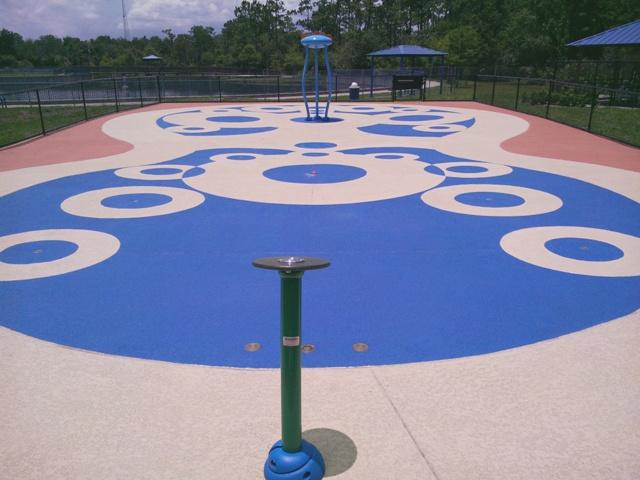No matter the type of property you own in Memphis or the surrounding area, colored concrete can make it more eye-catching and enhance its beauty. The colors created don’t necessarily need to be bright or bold. Often, people choose subtle colors, such as those with a hint of peach or yellow. Before opting for colored concrete, it is essential to understand a few basic facts about it.
The Basics of Concrete Color
Colored concrete in Memphis is done with a pigment, typically either manufactured in a chemical plant (such as those by Sundek) or mined. These pigments can be found as granules, liquid, or powder, and because the pigment particles are smaller than those of the cement are, they coat it completely, changing the shade.
There are more color options today than ever. Our team is well versed in acid stains that produce a mottled effect by using water, acid, and metallic salts. We also have solvent- and water-based dyes available in addition to UV stable acrylic coatings, dry-shake color hardener, integral color, and water-based stain.
The Effects of Water and Gray Cement
The ratio of water to cement is the most important for determining the exact color of the concrete. The amount of water that is added to the mix of concrete will permanently change the shade. Larger quantities of water produce lighter-colored concrete. This is why it is important to always use the same proportions during the mixing process.
The other major influence on the final color is the shade of gray the cement is. Your concrete’s color will depend on the way the pigment mixes with the gray of the cement, typically resulting in an earthy, dark tone. Because the final color can vary based on the exact shade of gray you start with, consistency in mixing is crucial and best left to the experts, such as those at Surface Scapes.
